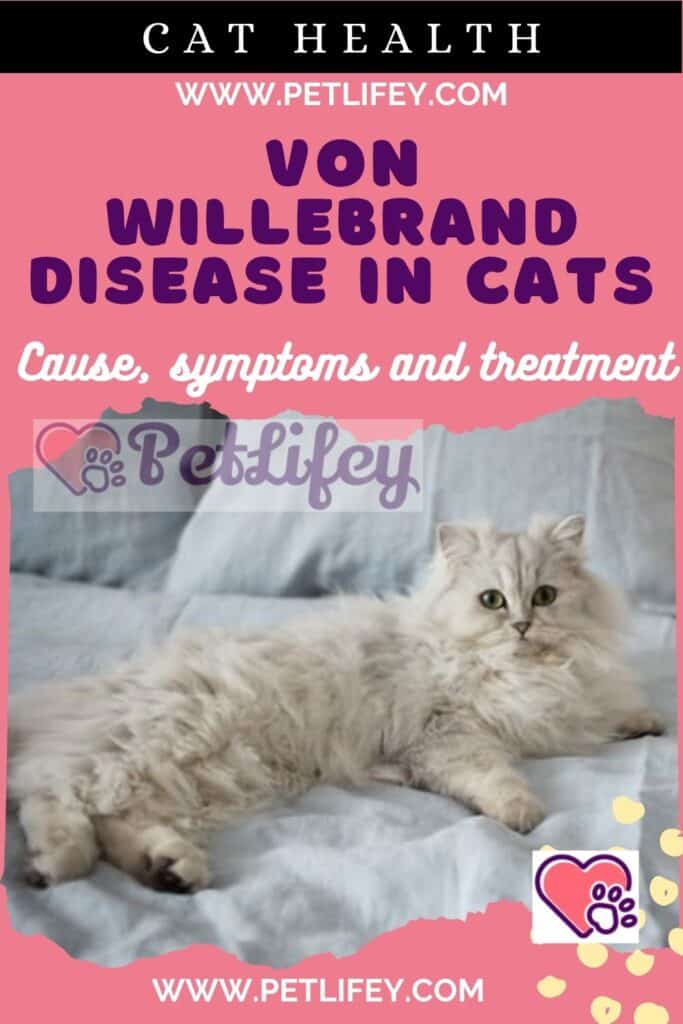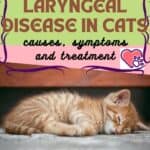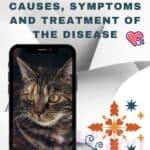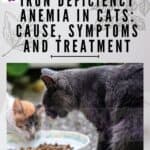
Von Willebrand’s disease in cats is a hereditary disease, but quite rare in felines. Let’s see how to recognize and cure it.
Von Willebrand’s disease in cats as we have just mentioned is rather difficult to occur. In fact it is very common in various breeds but of dogs, in particular Dobermanns and Airedale Terriers. Von Willebrand’s disease in cats, on the other hand, has been identified in subjects of the Himalayan breed, with short and long hair.
Cause of Von Willebrand’s disease in cats
This pathology is caused by a lack of Von Willebrand factor in the cat. This is a glycoprotein found in the blood and also in endothelial cells. In addition, it is a carrier protein of coagulation factor VIII (necessary for blood clotting).
Lack of this protein impairs platelet adherence and aggregation. As with human hemophilia, this condition can cause excessive bleeding after any wound, due to the lack of clotting.
In conclusion, Von Willebrand disease in cats is caused by mutations that affect the synthesis, release or stability of this protein.
Symptoms of Von Willebrand’s disease in cats
The symptoms that the animal experiences during the active phase of Von Willebrand’s disease in cats are the following:
- bruising of the skin;
- prolonged bleeding after surgery or trauma;
- blood loss anemia in case of prolonged bleeding;
- spontaneous bleeding from the nose;
- bleeding from the vagina;
- bleeding from the gums;
- blood in the urine;
- blood in the stool.
Diagnosis and treatment

Diagnosis is not easy, as platelet counts and coagulation tests are normal in the presence of Von Willebrand’s disease in cats.
Therefore, the techniques normally used for the determination of this factor in dogs (or humans) must be adapted to be used for cats and each laboratory must carry out validation tests of its own test and establish its own range of normal values for this animal species.
The veterinarian will make a first diagnosis, evaluating the symptoms of the animal, its previous history, a physical evaluation, the incidence in the breed and the age of the cat.
He will then proceed with carrying out non-specific laboratory tests which the TE (Hemorrhage time or mucosal bleeding time) and the aPTT which are elongated, while the PT (Prothrombin Time) and the Fibrinogen are, as a rule, normal.
But only by measuring the amount of FvW present in the plasma, through an ELISA technique with specific antibodies for the cat, or cross reagents used in human medicine and only by calculating the time taken by the platelets to cover a small lesion, which will be measured with a test called bleeding time of the buccal mucosa.
After all the investigations mentioned above, it will be possible to determine Von Willebrand’s disease in cats. In this way it will finally be possible to proceed with the treatment of this disease, the only way to intervene is to transfuse the cat with fresh whole blood, fresh plasma, fresh frozen plasma and cryoprecipitated will provide vWF to the blood.
Component therapy (fresh frozen or cryoprecipitated plasma) is the best solution for surgical prophylaxis (prevention) and for non-anemic animals, to prevent red blood cell sensitization and volume overload.
The animal may need multiple transfusions to control or prevent the disease. Regarding the quality of life of the cat, with mild or moderate Von Willebrand’s disease it can be considered good and the treatment to be followed can be considered reduced to a minimum if at all.
As regards the situation of the cat, a little more serious, transfusions will be requested where it needs surgical interventions and also for precautionary or support purposes.
What you need to keep in mind is that if you have a cat with this condition, if a prolonged bleeding episode occurs, call your vet and take him to a veterinary clinic immediately for emergency treatment.
What you can do for the love of your cat is, for example:
- cut your cat’s nails, short to decrease the likelihood that they will get stuck by something and prevent them from hurting themselves;
- consider laser or cautery surgery to reduce bleeding.
- Use needle and catheters, as small as possible, for any injections, blood draws and fluids that are administered.






